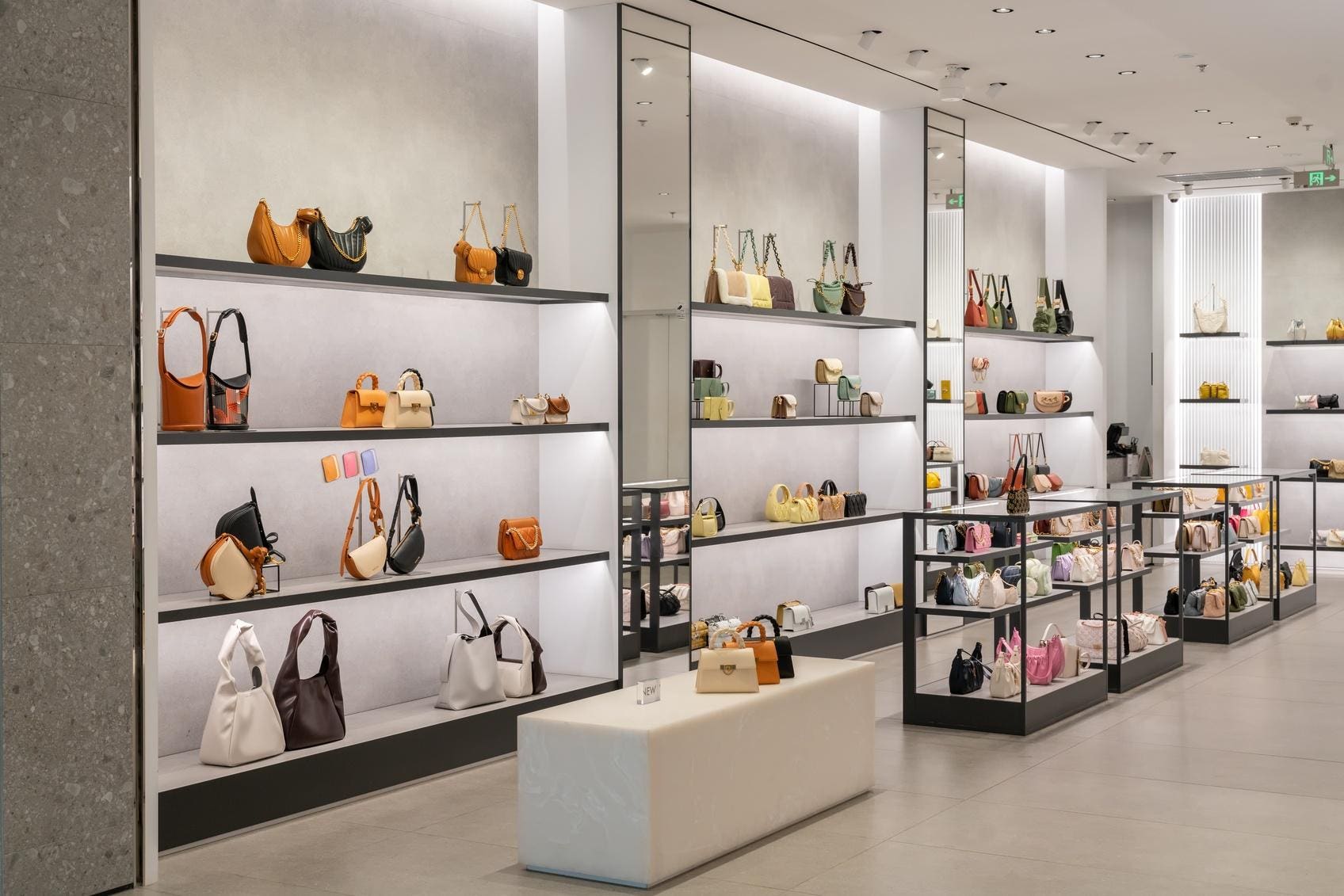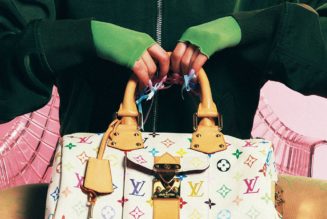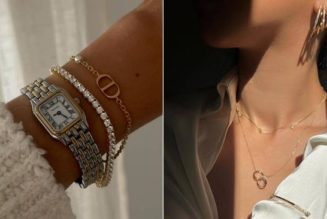
Following a year of record-level growth for the luxury sector, leading luxury brands have focused on actively increasing their retail footprint, as shown in JLL’s latest luxury report. Luxury groups including LVMH, Kering and Richemont added 650,000 square feet of retail space in the past 12 months.
Unlike China’s slow post-Covid recovery, the U.S. saw luxury sales reach $70 billion last year (up +9% from 2022), accounting for 34% of global luxury sales according to Bain & Company. At the same time, the world’s leading luxury conglomerate LVMH, which includes brands like Louis Vuitton, Dior, Loewe and many others, opened 108 new stores in the U.S. Kering followed with 100 new stores for its famous Gucci, Saint Laurent, Bottega Veneta and Balenciaga brands. Do new stores fuel growth or does growth fuel store expansion? The answer is probably both, as the rise in demand justifies the investment in retail growth while adding new stores allows brands to acquire shoppers and further boost awareness, engagement, and conversion.
In terms of store location and size, it seems that luxury brands are prioritizing large spaces and openings in east and west coast cities primarily. On average, new lease sizes are over 5,000 square feet, highlighting the sector’s focus on designing distinctive, spacious and upscale spaces that invite shoppers to browse and immerse themselves in the brand’s ecosystem. JLL’s research shows that luxury brands are still looking for prime locations in cities like New York, Los Angeles and Miami: 55% of new stores opened in New York and California in 2022. New York proved it could bounce back from the pandemic, with many brands returning – or coming for the first time – to Madison Avenue. Hermes opened its flagship on Madison and 63rd Street, while the area also welcomed Valentino, Lanvin and Van Cleef & Arpels over the past year.
Shopping Malls Leverage Luxury Stores To Create Premium Destinations
Mall operators are increasingly looking to lease to luxury brands in an effort to increase their perceived equity and enhance the shopping experience. According to JLL’s
JLL
Other malls in the U.S. are focused on their luxury footprint expansion: Westfield Topanga in California unveiled a new luxury wing, which houses a 7,500 square feet Hermès store as well as renowned brands such as Bottega Veneta, Burberry, and Celine. Elevating their shopping experiences with premium stores and refreshed spaces has been a key component of malls looking to reinvent themselves and thrive after the phenomenon of “dying malls” caused by declining footfall and appeal over the past ten years. Thankfully, operators that managed to truly reinvent themselves by creating desirable shopping destinations are the ones that are now attracting desirable brands and enjoying accrued footfall and interest from shoppers.
As the luxury industry has enjoyed phenomenal growth since 2022, with each quarter breaking new records for LVMH and its competitors, leading brands are taking advantage of this momentum to open new stores and expand their empires. Interestingly, malls and pre-Covid high-end iconic strips such as Madison Avenue have become attractive again, welcoming some of the most iconic luxury brands in the past year. However, premium retail vacancy – especially large spaces favored by luxury brands – is becoming increasingly scarce, making it potentially difficult for the current expansion being witnessed to last in the long term. In addition, the consolidation happening within the industry is likely going to make it even harder for new and smaller luxury players to grow their retail footprint, which might leave room for interesting store concepts such as pop-ups, showrooms, or more intimate premium boutique experiences, paving the way for unique luxury store experiences.









